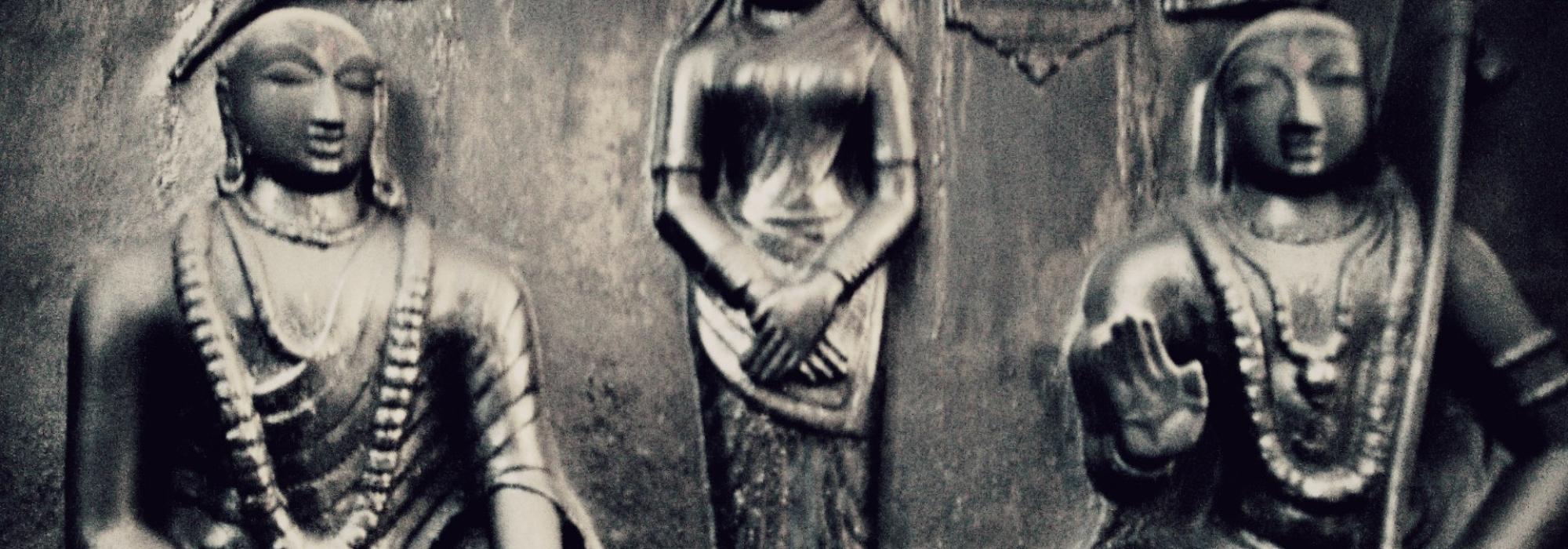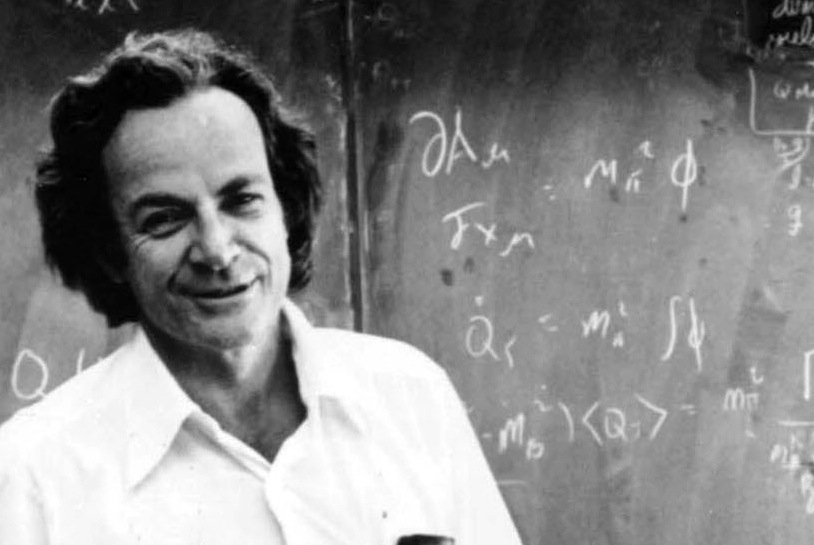In the tenth episode (The Edge of Forever) of the TV series Cosmos, speaking about Hinduism, Carl Sagan says, “Here, there is a tradition of skeptical questioning and unselfconscious humility before the great cosmic mysteries.” He was most intrigued by the famous creation poem in the Rigveda Samhita known popularly as the ‘Nasadiya Sukta.’ A short poem of only seven verses, it discusses the great mystery of creation. After suggesting a scheme for creation, it says that even the gods are subsequent to creation and ends with this verse:
Who then knows when it first came into being?
How did all this come into existence?
Did he create it or did he not?
He who sees it all from high above,
he knows it, or he does not
(Rigveda Samhita 10.129.7)
From the earliest foundational works of Hinduism, we find a remarkable openness to question and seek the truth by harboring genuine doubt. But how does one know if the doubt is genuine? It costs nothing to be a skeptic. When we have nothing to lose, it’s easy to doubt. Such doubts, however, tend to become empty accusations. To have a genuine doubt, one has to first unquestioningly engage in the study of the subject. Having spent considerable time with the subject, one can begin raising doubts. In fact, in Hinduism, one of the fundamental aspects of education is enquiry. In the Bhagavad-Gita, Krishna speaks eloquently about knowledge and how to obtain it:
Pursuing knowledge is superior to
any ritual with material offerings
because all activities find their
fulfillment only in knowledge (BG 4.33)
Learn that knowledge from
those who have realized the truth
Approach them with
a spirit of sincere enquiry
and serve them with humility
They will impart that knowledge to you (BG 4.34)
We find this approach in all foundational works of Hinduism. This is the path of knowledge, especially valuable for people who are interested in intellectual pursuits. Of course, for people with other temperaments, other paths are offered – like those of devotion or performance of rituals or focus on work.
It is largely due to this attitude of embracing uncertainty and welcoming change that the ancient Hindus were able to shield themselves from the very difficulty that Richard Feynman speaks about in The Pleasure of Finding Things Out – “...it is not possible for religion to find a set of metaphysical ideas which will be guaranteed not to get into conflicts with an ever-advancing and always-changing science which is going into an unknown. We don’t know how to answer the questions; it is impossible to find an answer which someday will not be found to be wrong.”
Further, these ideas were carried forward to other Eastern faiths like Jainism and Buddhism, which actively promoted questioning and reason. In some sense, Hinduism was responsible for creating an eco-system of discussion, debate, and honest inquiry in the Eastern part of the world.
In stark contrast, the Western world, dominated by the Abrahamic faiths, did not have the opportunity in their religious traditions to question. While most of the older religions and traditions of the West, include the Greco-Roman were known for their openness, the rise of the Abrahamic faiths crushed reason. Often, it was possible to engage in open discussion only outside the realm of the sacred – in what was the ‘secular’ space.
Over the years, of course there have been several reform movements – largely in the Christian tradition – that have tried to move away from literalism and try to rationalize traditional texts. Also, it is true that many adherents of the Abrahamic faiths do not lead their lives exactly as ordained in their scriptures. But the fact remains that the religious tradition itself doesn’t allow for a critical discussion. For example, the moment a Christian questions the existence of god, he is no longer operating from within the framework of the canonical works of Christianity. So also, a Muslim questioning the authority of Mohammed has already stepped outside of what is permissible according to Islam.
This is the advantage that the great Eastern faiths offer its adherents. A Hindu, Buddhist, or a Jain can safely remain within the purview of her faith and question every aspect of the tradition. There is an established protocol for dissent, debate, and discussion.
The Hindu tradition lays great emphasis on intellectual integrity. When we look at the tradition of debating in India, we will understand this without doubt. When one entered into a debate, the stakes were high. Only someone with complete confidence in his point of view would be brave enough to engage in a verbal duel. The reason being, it was required of the loser of the debate to join the faith of the winner. A famous example is that of Shankara and Mandana Mishra.
During his travels, Adi Shankara (a proponent of the Advaita Vedanta school of philosophy) met Kumarila Bhatta, an Assamese scholar who was a proponent of the Mimamsa school of philosophy. When he met Shankara in Kashi, Kumarila was already an old man. He requested Shankara to debate with one of his disciples, Mandana Mishra. So Shankara set out to find Mishra and have a debate with him. The arbiter for the debate was Mandana’s wife, Ubhaya Bharati.
After many days of debate, Shankara won. Mandana Mishra renounced his Karma Mimamsa school of philosophy and became an adherent of the Advaita Vedanta school. He was named Sureshvara and is remembered even today as a great Advaita scholar!
References:
Feynman, Richard P. The Pleasure of Finding Things Out. New York: Basic Books, 1999
Sagan, Carl. Cosmos. Episode #10 – The Edge of Forever. (http://www.youtube.com/watch?v=A37xDlhQCbw)
Sreekrishna, Koti and Ravikumar, Hari. Srishti: Songs of Creation from the Vedas. Mason: W.I.S.E. Words, 2015
Sreekrishna, Koti and Ravikumar, Hari. The New Bhagavad-Gita: Timeless wisdom in the language of our times. Mason: W.I.S.E. Words, 2011
This article was first published in Daily O as part of my column Commonsense Karma.
















































